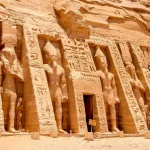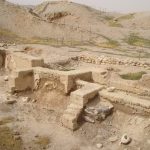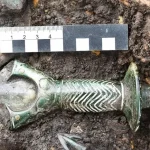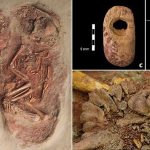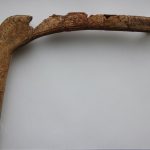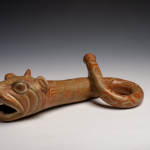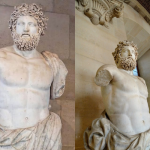Before and After the Excavation and Restoration of the Ziggurat of Ur
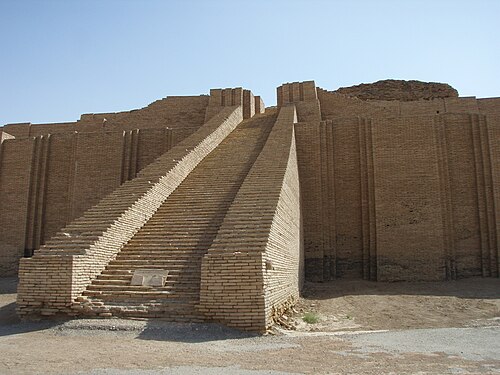
The Ziggurat of Ur, built around 4,000 years ago by King Ur-Nammu of the Neo-Sumerian Empire (circa 2050 BCE), is one of the oldest surviving temples in present-day Iraq.
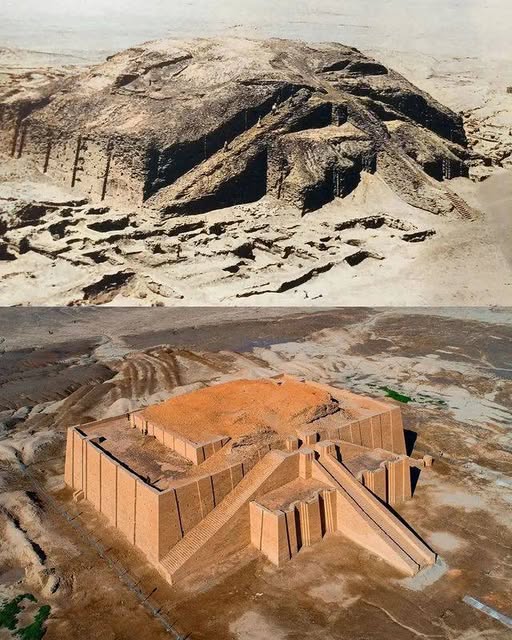
Located about an hour’s drive from the city of Nasiriyah, it stands as a powerful symbol of the region’s ancient religious practices and the people’s shift among various belief systems over time.

The remains of the ziggurat were first identified in 1850, but extensive excavation and restoration efforts took place during the 1920s and 1930s.
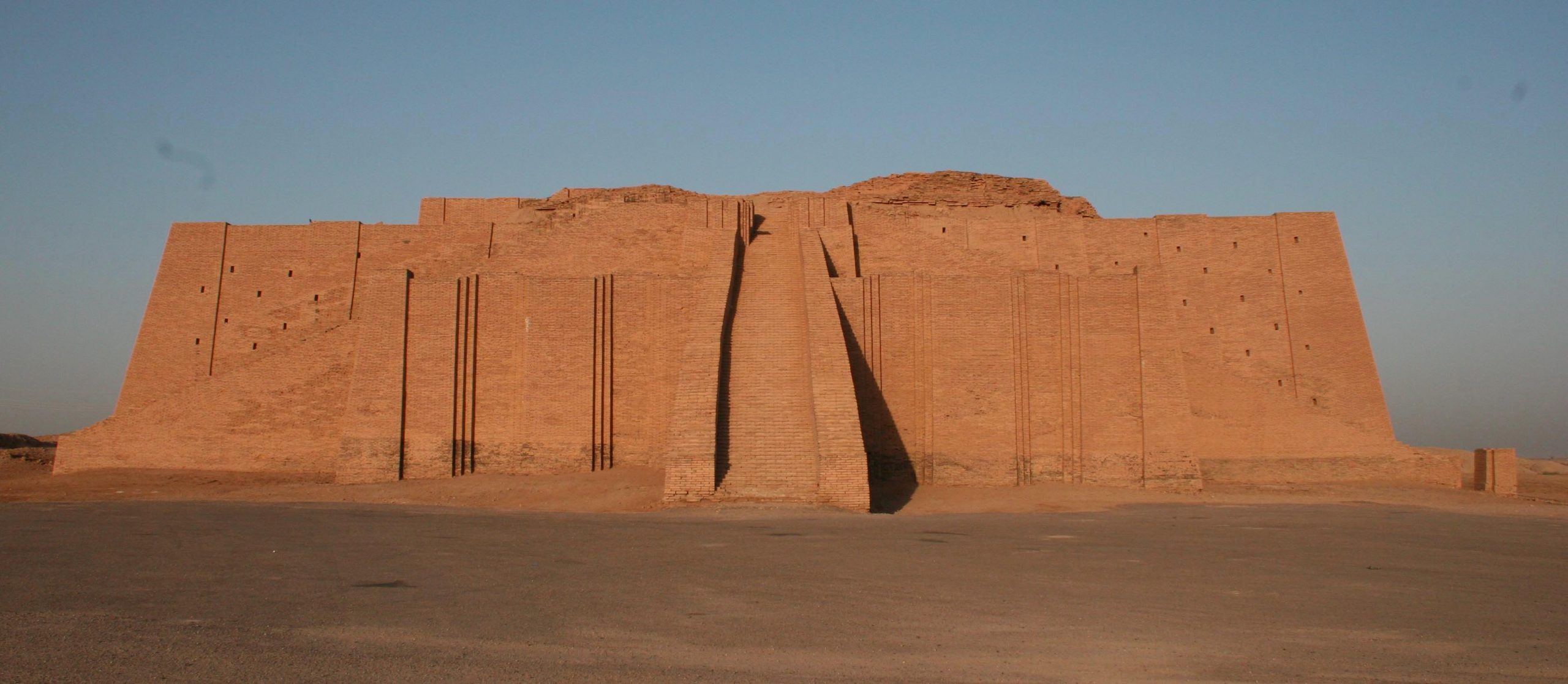
Despite its historical importance, the structure suffered damage during the 𝘎𝘶𝘭𝘧𝘞𝘢𝘳 in 1991—impacted by small 𝘢𝘳𝘮𝘴 𝘧𝘪𝘳𝘦 and nearby explosions that caused structural vibrations. Nevertheless, the ziggurat remains a monumental testament to Mesopotamian civilization and architecture.
